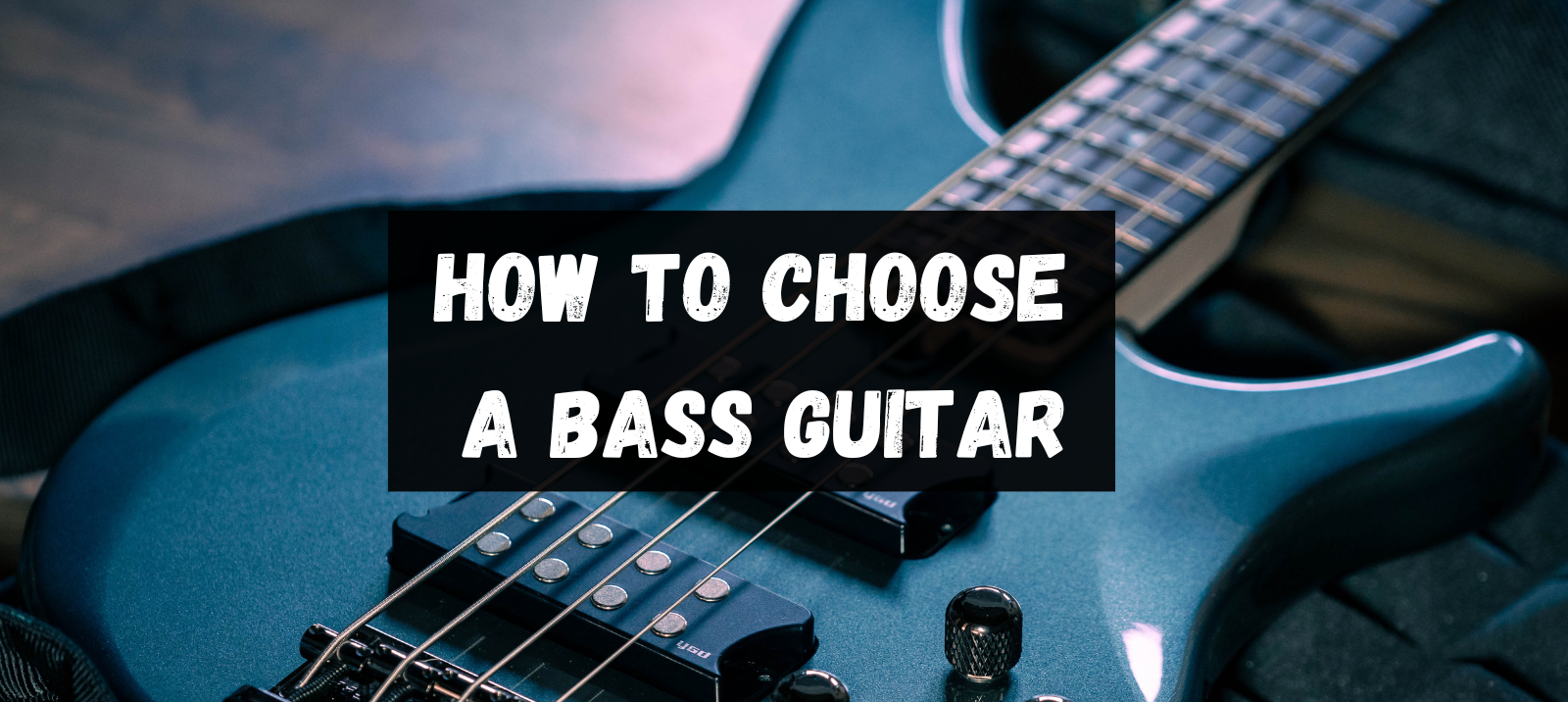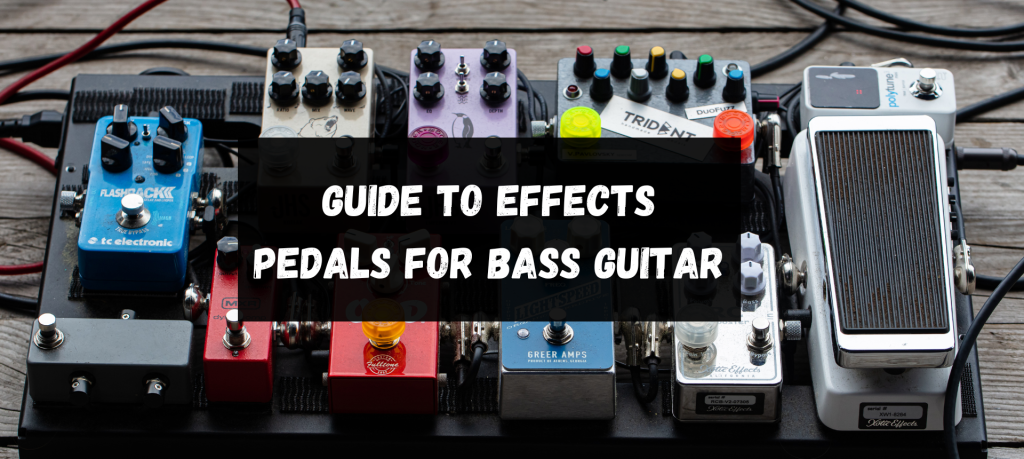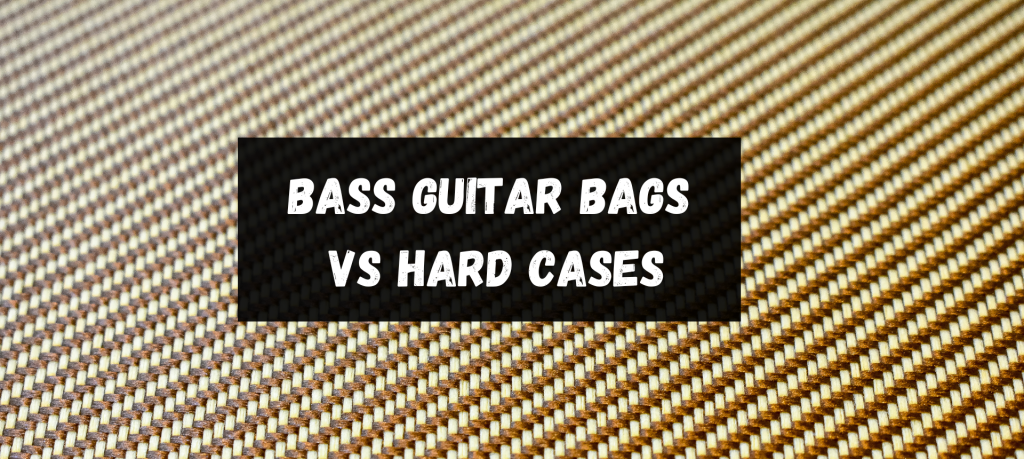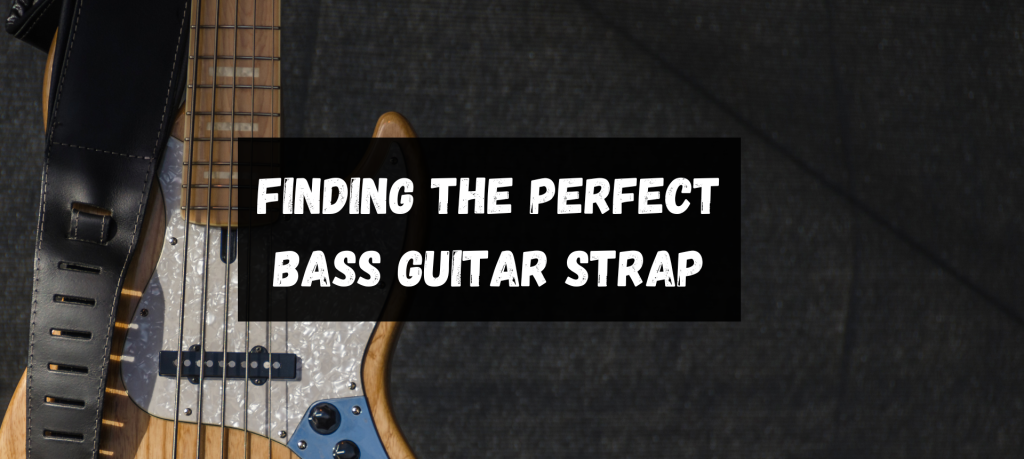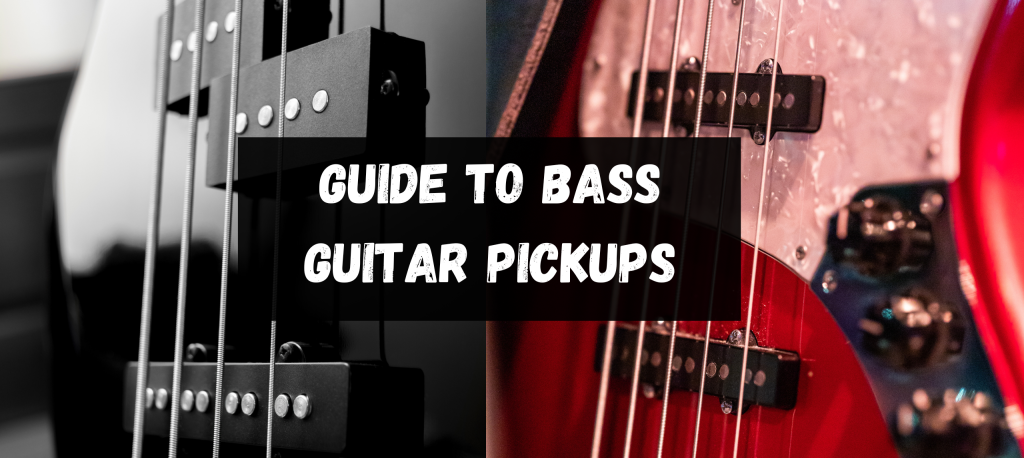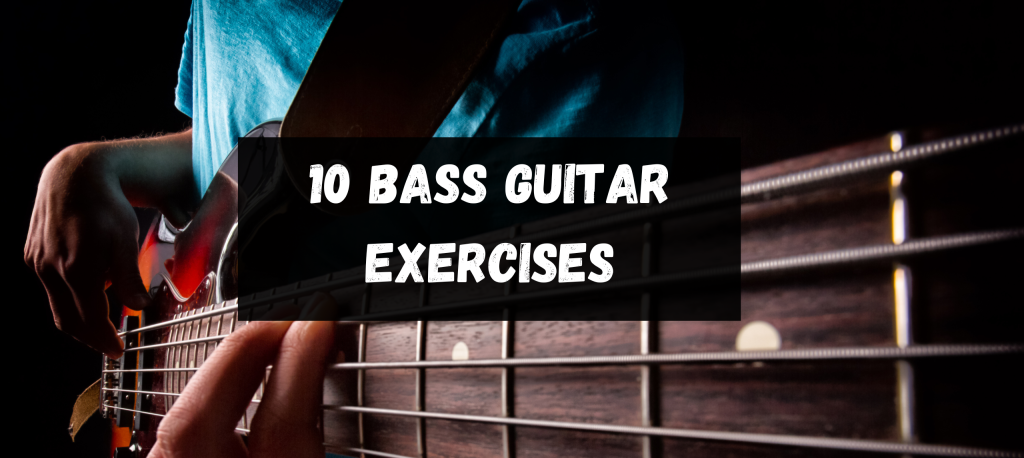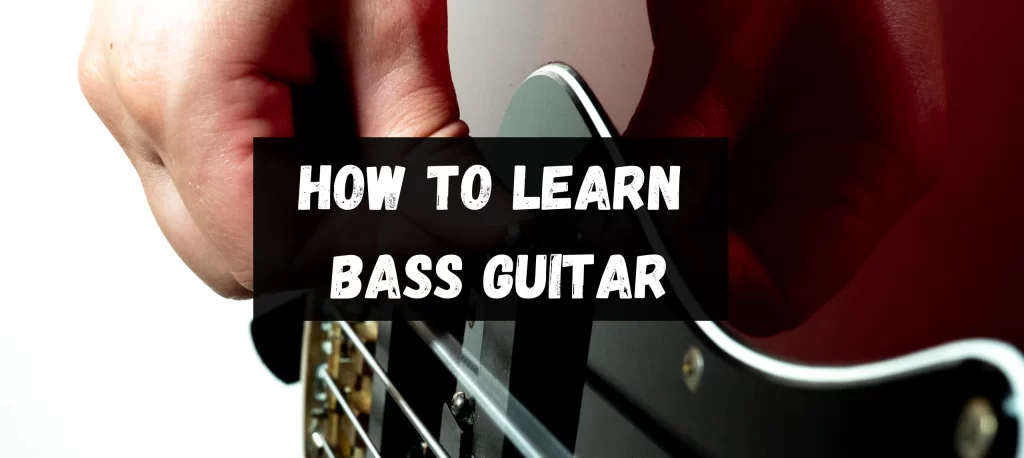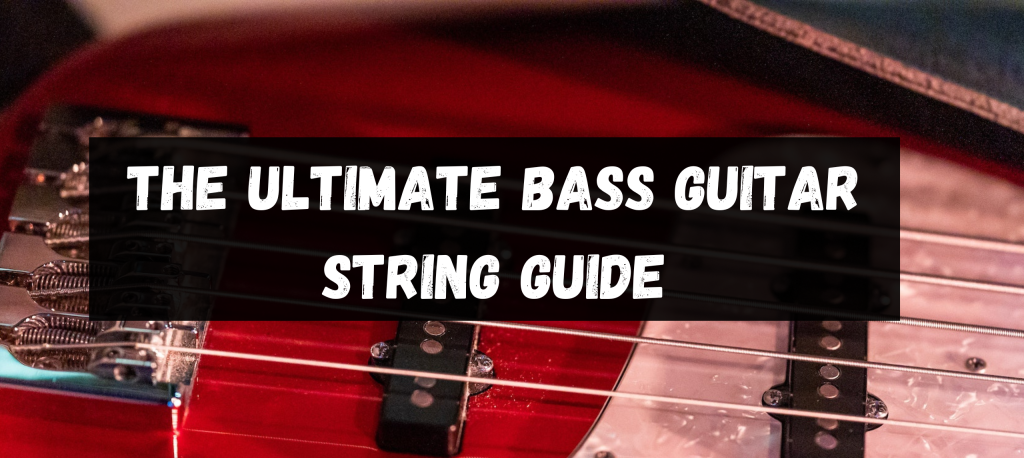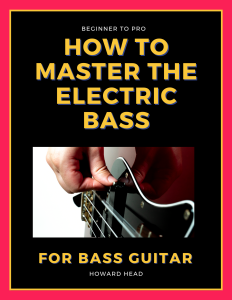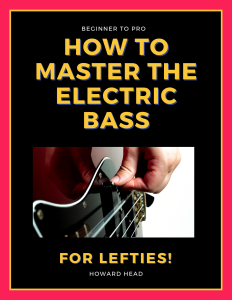July 24, 2023
Howard
Stepping into the world of bass guitars is a proper thrilling venture, one that invites you into a realm of driving rhythms, resonant depths, and rich musical expression. Whether you’re a budding bassist itching to strum your first bass line or a seasoned musician looking to spice up your repertoire, choosing the right bass guitar can make all the difference to your sonic journey.
This comprehensive guide is your trusty map, helping you navigate the broad and diverse terrain of bass guitars. We’ll dissect essential factors such as the number of strings, size and scale, budget considerations, and even take a gander at the distinctive domain of acoustic bass guitars. Our aim is to equip you with the know-how to make a clued-up, confident, and satisfying choice.
The genre of music you’re eager to master and your personal playing style are central in choosing your ideal bass. For instance, if you’re keen on mastering the energetic slap bass style made famous by the likes of Mark King, a 4-string bass could be right up your street, as the broader string spacing can make those funky techniques easier to execute.
Your physical comfort shouldn’t be overlooked either. The weight of the bass and the size of your mitts can make a huge impact on your playing experience. If you have smaller hands or prefer a lighter instrument, a short scale bass guitar might be your cup of tea, providing an easier grip and lighter carry without skimping on those delicious, low tones that make bass guitars so bloomin’ brilliant.
So, buckle up, tune into your senses, and prepare for a deep dive into the bass guitar universe. Together, we’ll embark on this cracking journey to uncover the bass guitar that’s pitch-perfect for your musical ambitions and playing style.
Understanding the Strings: 4, 5, or 6?
When it comes to bass guitars, the number of strings is a defining factor that greatly influences the instrument’s range, playability, and the style of music it is best suited for. Let’s take a closer look at the three most common types: 4-string, 5-string, and 6-string bass guitars.
The 4-string bass is the most traditional and universally recognised (and the safest choice for a beginner!). Tuned to E-A-D-G, it’s a dependable workhorse found in a variety of music genres, from rock ‘n’ roll and punk to jazz and blues. Its fewer strings and wider string spacing make it an ideal choice for techniques such as slap bass. With a 4-string bass in your hands, you’re holding a piece of music history that’s propelled countless toe-tapping tunes.
Meanwhile, the 5-string bass, with its additional low B string, gives you deeper tonal range. It’s particularly favoured in heavy metal and jazz fusion, where those subterranean notes can make your sound feel weightier and more expansive. However, bear in mind that the narrower string spacing can take a bit of getting used to, especially if you’re planning on slapping and popping those strings. Also, you must develop a good muting technique in your fretting hand as the B string loves to ring.
If you fancy pushing the boat out, you might consider the 6-string bass. Tuned B-E-A-D-G-C, it provides an extended range in both lower and higher registers. The 6-string bass is a versatile beast (and yes, they are beasts!) and particularly favoured by solo bassists and those in progressive genres. But remember, with more strings comes a wider neck, which might be a bit of a stretch for smaller hands.
In the end, the choice between 4, 5, or 6 strings boils down to your personal musical taste, playing style, and physical comfort. Rest assured, there’s a bass out there that’s a perfect fit for your ambitions, ready to propel your musical journey to exciting new heights (or perhaps more fittingly, thrilling new depths!).
Size and Scale: Long vs. Short Scale Bass Guitar
Just like a trusty pair of boots, a bass guitar needs to fit just right. The scale length – the distance between the nut and the bridge – plays a crucial role in this fit, influencing not only the feel and comfort of the instrument but also its tonal character.
The long-scale bass guitar, typically measuring around 34 inches, is the standard in the industry. The long-scale bass delivers a fuller, richer tone and has a stronger presence in the low frequencies, making it a mainstay for countless rockers and rhythm players. But keep your peepers open – this beast demands a bit more stretch from your fingers and can feel a tad heavier on your shoulder after a long gig.
On the flip side, the short-scale bass, usually about 30 inches, offers a more compact alternative. If you’ve got smaller hands or shorter arms, the decreased stretch between frets can make a short-scale bass feel more comfortable and less of a handful. The shorter scale length gives the strings a looser feel, which can also change the playability of the instrument and produce a warmer, slightly less defined tone. It’s a top choice for quick, punchy playing styles or for those after a more vintage sound.
And let’s not forget, a short-scale bass can also be a bit lighter, which might just save your back during those marathon jam sessions or when you’re bouncing around on stage.
Remember, there’s no right or wrong choice here – it’s all about what feels and sounds best to you. Whether you lean towards the long or short scale, both offer unique qualities that can complement your playing style and musical taste. The key is to try a few out for size and see which one fits like a glove. After all, comfort on stage or in the studio will make your performances sing.
Personally, I’ve found myself really liking 32 inch basses as it allows me to reach the first 5 frets easier.
A Sneak Peek at the Best Beginner Bass Guitars
Stepping into the world of bass guitars for the first time can be a bit daunting, with a sea of brands and models to choose from. To make things a tad easier for you, let’s cut to the chase and highlight some of the best beginner bass guitars that offer a brilliant balance of quality, playability, and value.
First off, we can’t talk about beginner bass guitars without tipping our hats to Ibanez. Known for their slim necks and comfortable body shapes, Ibanez basses, like the GSR200, are easy to handle and ideal for beginners getting their fingers around the fretboard for the first time. They’re also quite versatile, catering to a range of musical styles, which makes them a fantastic launchpad for your bass journey.
Next up, Marcus Miller basses, specifically the V7 series, have become increasingly popular among beginners and seasoned players alike. These basses offer remarkable quality for their price point, with a sound and feel that punch well above their weight. With a clear, punchy tone and a neck that’s easy to navigate, they’re a true hidden gem in the bass world.
It would be remiss not to mention the timeless classic, the Fender Precision Bass (or P-Bass). Known for its robust, rich tone and solid construction, the Fender P-Bass is and always will be a fantastic choice for beginners. Models like the Fender Player Precision Bass are well worth considering, as they offer that iconic Fender sound and feel without breaking the bank.
And for those looking for something lightweight without compromising on the vintage vibe, Hofner basses, like the iconic Hofner Ignition Violin Bass, are a superb choice. Known as the Beatle Bass (thanks to Sir Paul McCartney), these basses are not only lightweight due to their hollow body design but also pack a distinctive, warm tone.
Remember, the best beginner bass guitar is ultimately the one that feels right in your hands and inspires you to play. Don’t be shy about popping into a music shop and trying a few out – you’ll soon get a feel for what suits you best. With the right bass in your hands, you’ll be ready to lay down some groovy bass lines in no time!
The Acoustic Bass Guitar: A Closer Look
While acoustic bass guitars offer a certain charm and a unique tonal character, it’s important to consider their specific capabilities and limitations before diving in. Let’s take a closer look at these instruments and discuss some common points of contention.
Acoustic bass guitars, with their distinct aesthetic and sound, can initially seem like the perfect solution for impromptu jam sessions or acoustic gigs. However, their acoustic projection can sometimes leave a bit to be desired. For instance, if you’re hoping to strum along with a group of friends around a campfire, you may find that the acoustic bass struggles to compete volume-wise with acoustic guitars, even when everyone’s playing unplugged. The upright bass is its size for a reason!
This brings us to the issue of amplification. When you do need more volume from an acoustic bass, the onboard electronics often come into play. However, it’s worth noting that these preamps and pickups, especially in more budget-friendly models, may not provide the same quality of amplified sound as a dedicated electric bass guitar.
When compared to other instruments, the acoustic bass finds itself in somewhat of a unique position. On the acoustic side, it can’t quite match the resonance and projection of an upright bass. And when it’s plugged in, it might not stand up to the tonal quality and flexibility offered by a regular electric bass.
However, this isn’t to say that an acoustic bass guitar doesn’t have its place. It can be perfect for quieter, more intimate performances, and it can certainly provide a different flavour of sound in the mix for recording. Plus, the convenience of being able to play unplugged, without needing an amp or any extra gear, could be a significant advantage for some players.
The key takeaway here is that it’s essential to understand what you need from a bass and to have realistic expectations about what an acoustic bass can deliver. As with any instrument, make sure to give a few models a try before you commit to anything – you might find that the unique qualities of an acoustic bass guitar are just what you’re looking for. Maybe consider a Ukele bass, as that sounds nearly as good as an upright!
Pickups and Hardware: What You Need to Know
Once you’ve pondered over the type, size and the number of strings on your bass guitar, it’s time to turn your attention to the bits that can significantly influence your bass’s sound and playability: the pickups and the hardware.
The pickups are one of the most important components of an electric or acoustic-electric bass, as they’re responsible for capturing the vibration of the strings and converting it into an electrical signal, which then gets amplified. There are two primary types of bass pickups: single-coil and humbucker (or double-coil).
Single-coil pickups, like those found on the Fender Jazz Bass, are known for their bright, clear tone, but they can sometimes be prone to a bit of noise and interference. Humbucker pickups, on the other hand, such as those on the Gibson EB-3, are designed to ‘buck the hum’, reducing noise and providing a thicker, warmer tone. Some basses even offer a P/J pickup configuration, which combines a Precision Bass-style split-coil pickup and a Jazz Bass-style single-coil pickup, offering a wide range of tones to play around with.
The hardware of a bass guitar – the bridge, tuning machines, and control knobs – might not seem as glamorous as the pickups or the body design, but they play a crucial role in your bass’s performance. Quality hardware helps ensure stable tuning, proper intonation, and overall longevity of the instrument. Plus, certain components, like the bridge, can also affect your bass’s tone and sustain.
A solid, high-mass bridge, for instance, can provide better sustain and resonance than a lighter, more basic bridge. High-quality tuning machines are vital for keeping your bass in tune, especially during long playing sessions or gigs. And the control knobs, which adjust the volume and tone, should operate smoothly, allowing you to dial in your desired sound with ease.
Remember, the choice of pickups and hardware should align with your musical needs and personal preferences. Different pickup configurations can vastly change the tone and versatility of the bass, and good-quality hardware can enhance the playability and durability of the instrument. Make sure to check out these details when choosing your bass guitar to ensure you end up with an instrument that’s perfectly tailored to your needs.
The wider string spacing on a 4-string bass typically makes it easier for plectrum playing and slap bass techniques than a 5 string.
5-string basses provide extended range with an additional lower string, useful for certain styles like pop, jazz, metal, soul, and gospel.
They can be more challenging for beginners due to the wider neck, and the need to mute the B string, which is notorious for ringing.
Many songs across different genres utilise a 5-string bass, you can use it only song! It’s especially useful for songs in Eb or Drop D as you don’t need to detune (unless there’s a lot of open string notes).
Conclusion: How to Choose a Bass Guitar
Choosing your bass guitar is an exciting journey, and the best advice is to immerse yourself in it fully. Visit your local music stores, get a feel for different models, and try as many basses as you can. At the end of the day, the best bass guitar for you is the one that you can’t put down, the one that you could imagine spending countless hours practising and playing on. That’s the instrument that will truly let your musical creativity shine. So go on, take the plunge, and find your perfect bass companion.
Want to know how to learn bass guitar?

Howard Head
I turn confused bass enthusiasts into bass gods through a simple and logical process.


